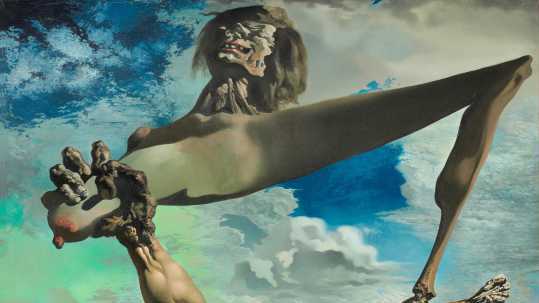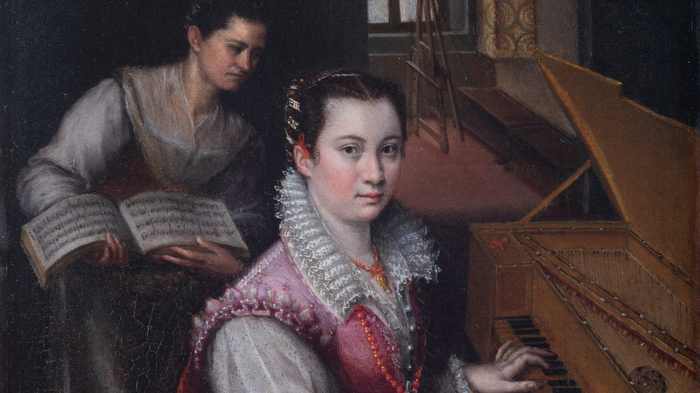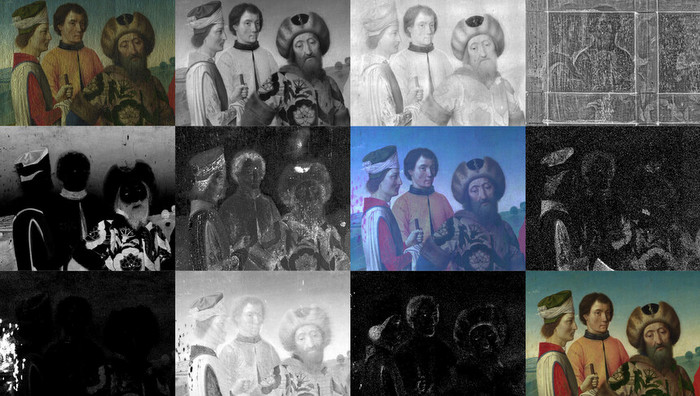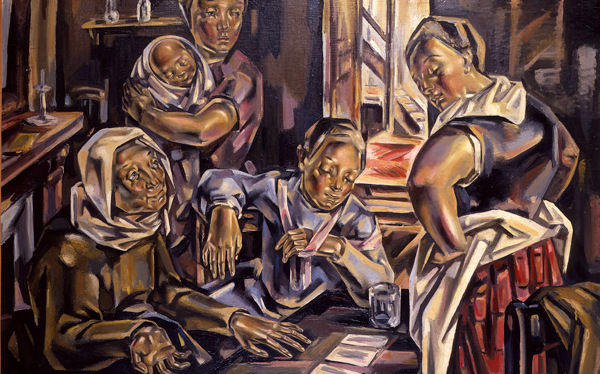Monterrey’s Museum of Contemporary Art showcases Ruta mistica (Mystic route), a reassessment of the mysticism notion within the present Latin American context through reflections by ten artists, who look for new convincing ideological models and build their own identities and communication ways with the transcendental upon merging ancient aspects with brand new elements.
The collective exhibition includes works created by Alfadir Luna, Antonio Paucar, David Gremard Romero, Gabriel de la Mora, Gabriel Rossell Santillan, Marcos Castro, Maria Garcia-Ibañez, Miler Lagos, Pedro Reyes and Santiago Borja. Through drawings, painting, photography, installation, sculpture and video, these artists have created mythologies and individual rituals that express critics to the globalization. Their works show symbols, shapes, stories and feelings that invite to question the spirituality beyond the most common acceptance.
Since most of the artists that make up this exhibition are mainly conceptual, these approaches to the mysticism are the result of doing research and collecting pieces of information. In the case of David Gremard Romero and Gabriel Rossell Santillan, their interest has led them to review characteristic aspects of cults in native groups. The first one deals with the cosmogony and Aztec symbols in El Tonalamatl Ollin, 2012, and the research carried out by the second one has taken him to get in touch with the Huichol culture through his field explorations, and that’s the case of El quemado, 2013, and El primer hombre/ Watakame (Ethnologic Museum of Dahlem), 2006.
Santiago Borja’s work, SELF/Jungcatcher, 2013, trivializes ritual objects and questions their spiritual value, “dream catchers” for example, objects that have lost their symbolic power after becoming popular.
Marcos Castro reflects on Mexico’s foundational myth and takes the figure of the eagle devouring a snake as the main element in his work, just like in Disuelve y coagula, 2012, and installation Sin titulo (aguila), 2007.
Miler Lagos documents the present reality of ceiba in his Colombia, a sacred tree for pre-Hispanic cultures with an undeniable mystic relevance, with his video Nacidos antes de… (Intervencion urbana, Cali, Colombia), 2009.
Antonio Pacuar builds an altar with his bare hands in the video Altar, 2006, where the flames on his fingers represent something that cannot be held.
Alfadir Luna creates a myth around a fictitious character with his social insertion project Procesion del Señor del Maiz (Procesion para unir a un Hombre de maiz), 2011, in which he gets dealers and the public at La Merced market, Mexico city, involved.
On the other hand, Pedro Reyes is inspired by Pico della Mirandola, an Italian Renaissance thinker, to create a huge monolith on a carved stone, so eyes, hair, nose and mouth can be put on it.
Gabriel de la Mora’s and Maria Garcia-Ibañez’s work invokes death. De la Mora recreates a family reunion with tenebrist baroque style in Memoria I, 24.10.07, 2007; while Garcia-Ibañez refers to the cult for bones upon modeling pieces with ceramics, which he later decorates with drawings thus merging that human and the mystic in pieces such as Huesos / Piedras / Flores, 2011, and Inmoviles, s/f.
Ruta mistica will be open July 12 – November 3, 2013.
Related Publications

IMAGINE! 100 Years of International Surrealism
April 19, 2024
Kunstmuseum Basel. Ingenious Women
April 18, 2024











